Thursday, 25/04/2024 | 11:21 GMT+7
Instead of being surrounded by a glass skin, the appearance and thermal system of this two-storey residence in Sapporo, Japan, is inspired by greenhouse design, using inexpensive materials and a minimalist aesthetic.
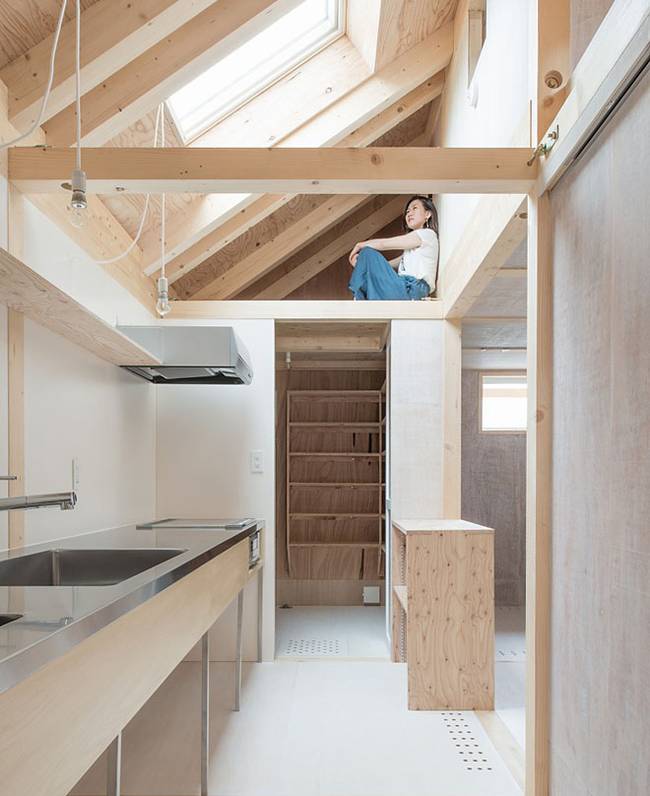
Designed by Yoshichika Takagi & Associates and seen over at Designboom, the 830-square-foot space is sheathed with transparent polycarbonate sheeting and plywood panelling. The main house is highly insulated, and relies on the solar orientation of the terrace to keep it warm throughout the year. Here, the enclosed but uninsulated, light-filled terrace acts as a sun room to diffuse heat through the house.
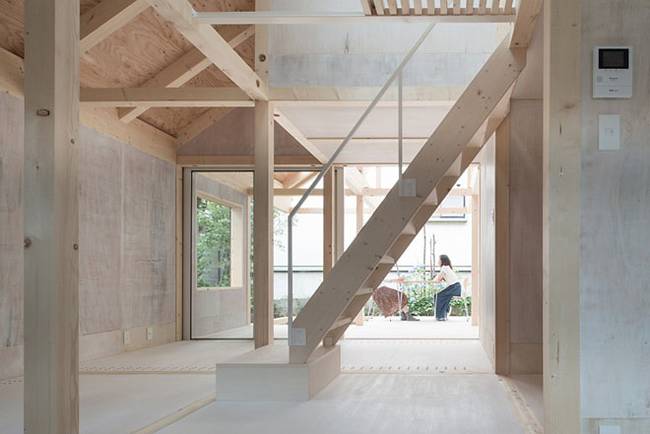
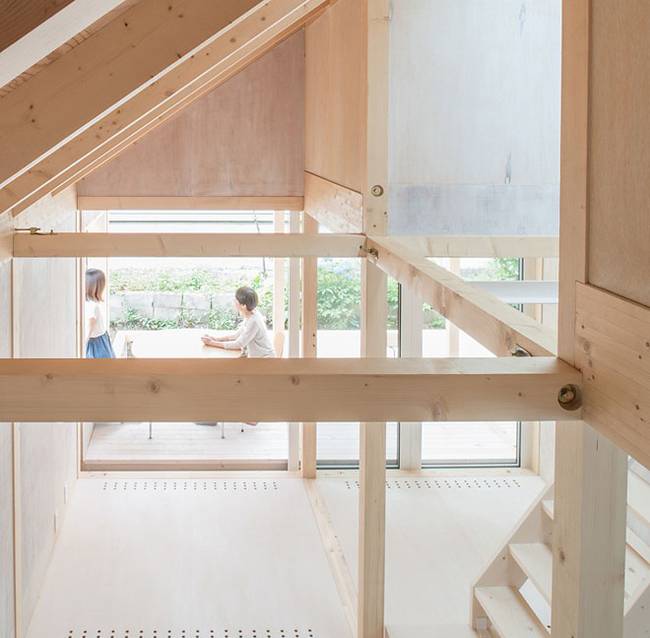

The architects explain:
This is a house with a space that looks like an interior as well as an exterior. The space has a large air volume, covered with a roof and translucent surface which keep off the rain and wind. However, it doesn't have heat insulation performance. It could be positioned on the extension of the Japanese traditional earth floor or the sun room seen in houses of Hokkaido. Here we call it a "terrace" because it is a half-exterior space that is bright and open. From spring to autumn, it works as a part of the living space. And in winter it works like a glasshouse, which keeps off the severe cold.
The sun-terrace is a glorious, double-height space, crowned with skylights, which warms the home in winter and becomes an open space flowing out into the garden during the warmer months. Despite it not being a very large house, the large terrace gives a feeling of openness and expansion.
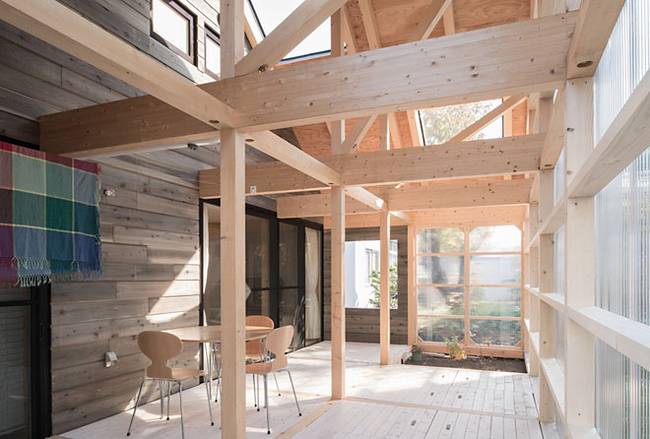
The exposed timber structure adds visual interest and an authenticity to the design. Upstairs, the bedrooms are conceived as enclosed loft spaces with facing windows.
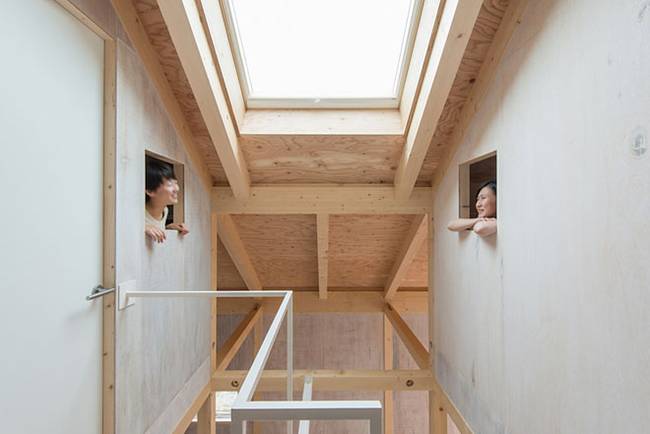
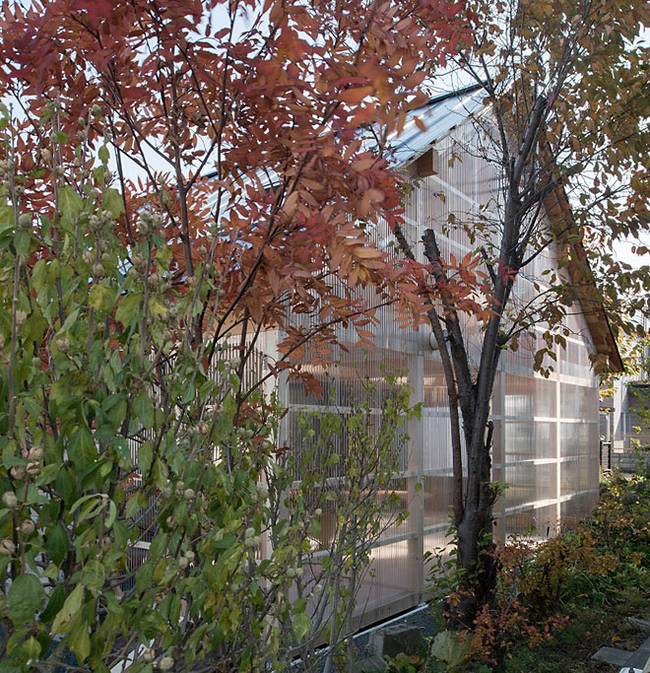
The home is a hybrid of conventional wisdom about passive solar design, in combination with more modern insulation techniques. While at first glance, the idea of living in a greenhouse might not make sense, it appears that in this case, it's been made to work by insulating one half of the house, and opening up the other, and connecting the two together into one harmonious whole. More over at Designboom and Yoshichika Takagi & Associates.
Mai Linh (theo TreeHugger)

.png?w=367&h=206&mode=crop)






.jpg?w=367&h=206&mode=crop) Energy efficiency and conservation usage is an important aspect of the national energy development strategy
05/03/2024
Energy efficiency and conservation usage is an important aspect of the national energy development strategy
05/03/2024
 Vietnam - Denmark promote cooperation in the energy sector
Vietnam - Denmark promote cooperation in the energy sector
 Challenges and Opportunities to promote energy efficiency market in Vietnam
Challenges and Opportunities to promote energy efficiency market in Vietnam
 The Ministry of Industry and Trade requests government agencies to coordinate in organizing Earth Hour 2024
The Ministry of Industry and Trade requests government agencies to coordinate in organizing Earth Hour 2024
 Consultation on Energy Efficiency Boiler Catalogue and Wood Drying Guideline
Consultation on Energy Efficiency Boiler Catalogue and Wood Drying Guideline
 Son Ha Co., Ltd, applies energy efficiency and conservation measures
Son Ha Co., Ltd, applies energy efficiency and conservation measures
.png?w=367&h=206&mode=crop) Request for expression of interest - C2.1.13: Capacity Building on energy efficiency policies development
Request for expression of interest - C2.1.13: Capacity Building on energy efficiency policies development
 Phuc Kien Co., Ltd., is effectively implementing energy-saving measures
Phuc Kien Co., Ltd., is effectively implementing energy-saving measures